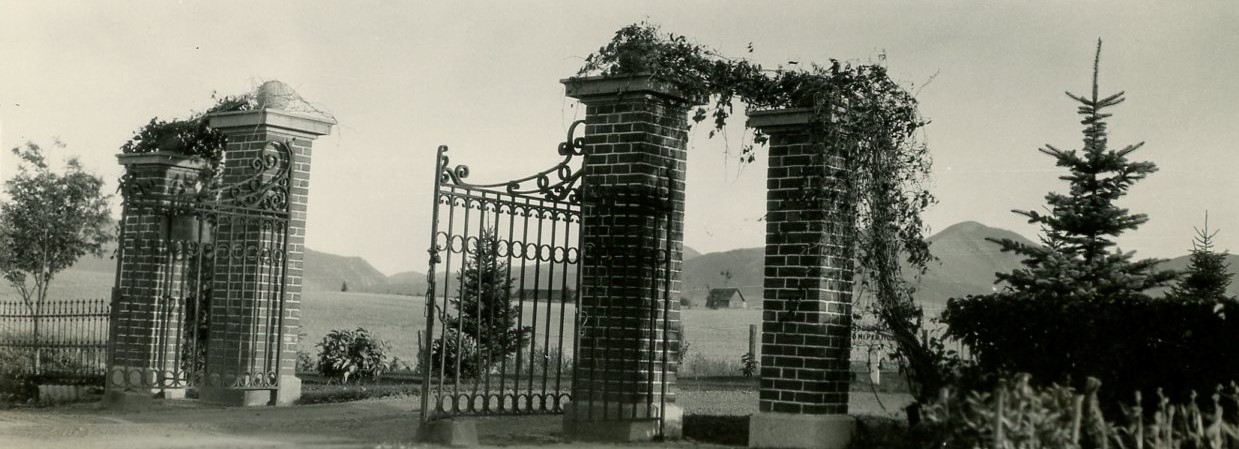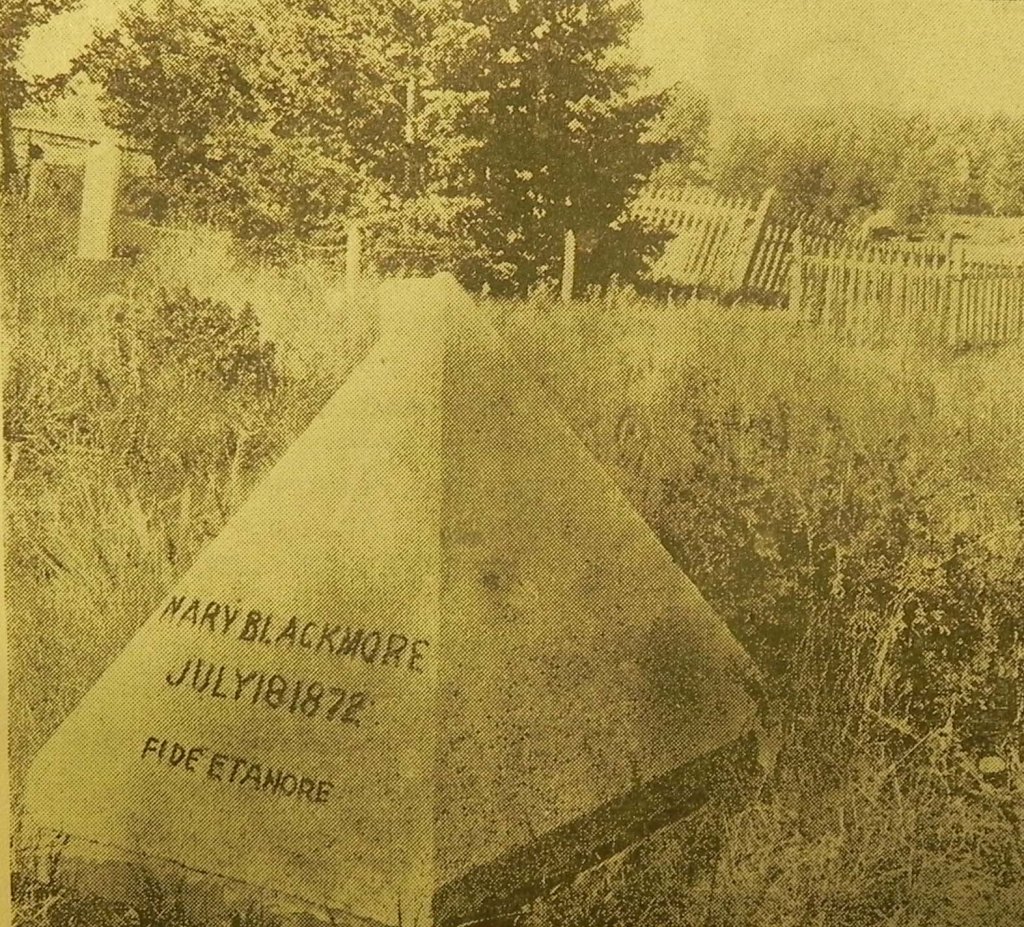Cemeteries as Outdoor Museums

Sunset Hills Cemetery by Crystal Alegria
Cemeteries are places of solace and beauty, they are places you go to contemplate, grieve, and appreciate. As a historian, I go to these places for all those reasons but also to learn about the people who came before, those who built the community I now live in and call home. The values of a community can be seen in the cemetery, on the headstones and in the monuments, in the layout, and engraved on the stones. You can see and understand what people held sacred through epitaphs and inscriptions. Cemeteries are like outdoor museums. The headstones hold secrets contained in the symbolism etched on their stone surfaces. If we take the time to look and learn, we come away from our local cemeteries with knowledge about the people themselves, but also the community values they shared. (photo of gate)
Our local cemetery, Sunset Hills, is located on a hill over-looking the town of Bozeman, Montana. Today it is a beautiful park-like cemetery with a multitude of trees, lilacs blooming in the spring, formal boulevards, and manicured lawns. It started off as a convenient spot, atop a hill to bury Bozeman’s dead with little thought to the beauty and tranquility of the location.
There are early newspaper accounts that mention the cemetery as a stark and barren hill, with cattle grazing amongst the tombstones, rubbing up against them and knocking them over. An article from the Avant Courier newspaper in 1879 decried the need for a fence saying, “. . . the final resting place of the dead remains . . . unprotected from the bands of horses and cattle running at large on the adjoining foot hills.”[1] It goes on to say, “We are aware that several family lots are properly enclosed by neat picket fences but the condition of the remainder, which is by far the greater portion of the grounds, is little more than a standing disgrace to the people of Bozeman.”[2] As mentioned, some early graves had white picket fences to prevent destruction from wildlife and cows. A photo published in The Anaconda Standard from 1901 shows these picket fences surrounding graves. It also shows the grass as un-mowed and tall. It has a wild beauty to it but from our 21st century eyes it is shocking to see a cemetery so unmanicured.

In the early years there was no irrigation in the cemetery. People would bring water up the hill in buckets and pales to water the few plants and flowers that marked their ancestor’s graves. There is an account in 1891 from The Bozeman Daily Chronicle that comments on the view “Seen From the Hill.” The article describes the sleepy town of Bozeman on a May day in 1891, “Farmers dotting the landscape for miles. They seem to be very busy putting in crops. . . Several Bozemanites arrayed in summer suits and straw hats. The dust flying over the city and an old sprinkler going to decay. The schoolboy playing “hookey” and trapping gophers on the Ellis reservation. People carrying water to the cemetery in buckets, tin cans, etc.”[3]
Cemeteries are also a place to self-reflect, to think about your own life and those who came before. If you would like an introduction to Bozeman’s historic section of Sunset Hills Cemetery, please join us for a walking tour this month. We are offering a tour on October 24 at 2pm. Due to small tour size we suggest you register by clicking here!
One of our favorite cemetery books at Extreme History is Spoon River Anthology by Edgar Lee Masters. Here is a small piece from this classic.
Where are Elmer, Herman, Bert, Tom and Charley,
The weak of will, the strong of arm, the clown, the boozer, the fighter?
All, all are sleeping on the hill.
One passed in a fever,
One was burned in a mine,
One was killed in a brawl,
One died in a jail,
One fell from a bridge toiling for children and wife —
All, all are sleeping, sleeping, sleeping on the hill.
Where are Ella, Kate, Mag, Lizzie and Edith,
The tender heart, the simple soul, the loud, the proud, the happy one? —
All, all are sleeping on the hill.
One died in shameful child-birth,
One of a thwarted love,
One at the hands of a brute in a brothel,
One of a broken pride, in the search for heart’s desire,
One after life in far-away London and Paris
Was brought to her little space by Ella and Kate and Mag —
All, all are sleeping, sleeping, sleeping on the hill.
Where are Uncle Isaac and Aunt Emily,
And old Towny Kincaid and Sevigne Houghton,
And Major Walker who had talked
With venerable men of the revolution? —
All, all are sleeping on the hill.
They brought them dead sons from the war,
And daughters whom life had crushed,
And their children fatherless, crying —
All, all are sleeping, sleeping, sleeping on the hill.
Where is Old Fiddler Jones
Who played with life all his ninety years,
Braving the sleet with bared breast,
Drinking, rioting, thinking neither of wife nor kin,
Nor gold, nor love, nor heaven?
Lo! he babbles of the fish-frys of long ago,
Of the horse-races of long ago at Clary’s Grove,
Of what Abe Lincoln said
One time at Springfield.
[1] The Bozeman Avant Courier, Thursday, May 29, 1879.
[2] The Bozeman Avant Courier, Thursday, May 29, 1879.
[3] The Bozeman Daily Chronicle, May 1891.
Follow Our Blog
Get new content delivered directly to your inbox.